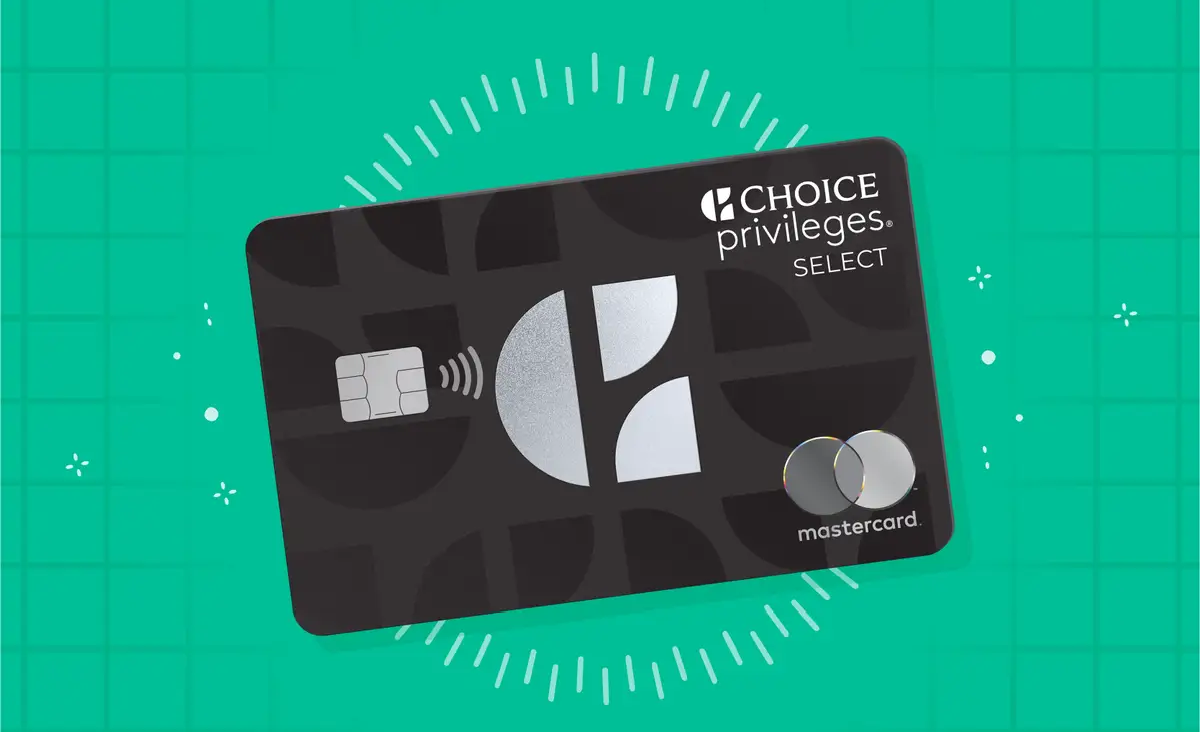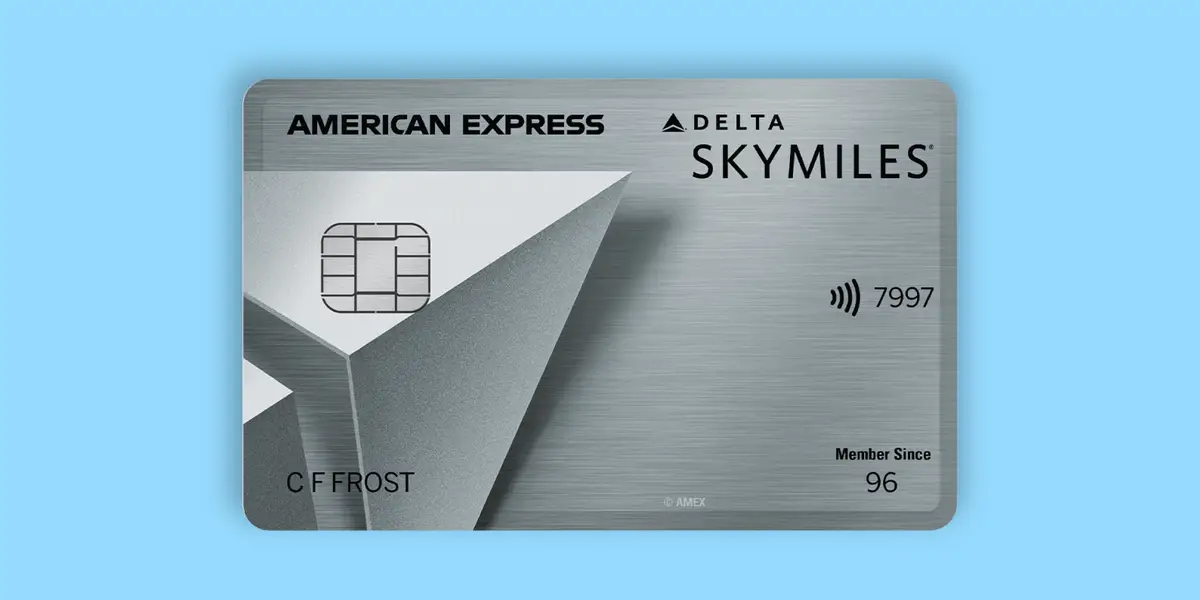How to compare credit cards for different spending profiles

Understanding Credit Card Comparison
Choosing the right credit card can feel overwhelming, especially with the myriad of options available. With various issuers and ongoing promotions, it’s essential to assess your personal spending habits to find a card that truly benefits you.
Credit cards are often tailored to match different consumer needs. By understanding your purchasing behavior, you can easily narrow down potential options. Here are a few common spending profiles that can influence your choice:
- Frequent Travelers: If you often travel for business or leisure, consider cards that provide rewards in the form of airline miles or hotel points. For instance, the Chase Sapphire Preferred card allows travelers to earn points that can be redeemed for airfare, hotel stays, and even car rentals. Additionally, some cards offer access to airport lounges and travel insurance, which can enhance your travel experience.
- Everyday Spenders: For those who make frequent purchases at grocery stores or gas stations, cashback credit cards can be particularly beneficial. Cards like the Blue Cash Preferred from American Express provide up to 6% cashback on groceries and 3% on gas. Over time, this type of reward can add up significantly, especially if you consistently shop at the same stores.
- Low Interest Seekers: If you tend to carry a balance on your credit card, focusing on cards with the lowest APR (Annual Percentage Rate) is crucial. Cards such as the Citibank Diamond Preferred offer low interest rates, making them an excellent choice for those looking to minimize interest charges over time.
Beyond identifying your spending profile, it’s essential to consider several key factors when comparing credit cards:
- Annual Fees: Some cards come with annual fees that can seem steep. However, if the perks provided—such as travel benefits, rewards points, or exclusive discounts—outweigh the costs, it might be worth it. Always calculate whether you’ll utilize those benefits enough to justify the fee.
- Rewards Structure: Understanding how points or cashback are earned is vital. Some cards provide flat-rate rewards, while others may have tiered systems where specific categories yield higher returns. For example, a card might give 2% on dining and 1% on everything else, so analyzing where you spend most can help you find the best match.
- Promotional Offers: Many issuers offer enticing introductory deals, such as 0% APR for the first 15 months or sign-up bonuses. These offers can provide excellent value, especially if you plan to make a significant purchase soon after acquiring the card.
By identifying your spending style and knowing what to look for, you can make informed decisions that will maximize your financial rewards. This guide will walk you through the comparison process, helping you choose wisely.
SEE ALSO: Click here to read another article
Identifying Your Spending Profile
To effectively compare credit cards, start by taking a closer look at your spending habits. Understanding how you typically spend can help you identify the rewards and benefits that align with your lifestyle. Here are some common spending profiles and the types of credit cards that best suit them:
- Cashback Enthusiasts: If you prefer a straightforward rewards system, cashback credit cards could be ideal for you. They allow you to earn a percentage of your purchases back, which you can use as a discount on future purchases or pay down your balance. Cards like the Discover it Cash Back feature rotating categories that offer up to 5% cashback on select purchases each quarter, making it easier for you to maximize rewards based on your spending patterns.
- Loyalty Program Participants: If you’re loyal to certain brands—be it airlines, hotels, or retail stores—credit cards affiliated with those brands can unlock additional benefits. For instance, the Delta SkyMiles Gold American Express Card allows frequent fliers to earn miles on everyday purchases, helping you achieve that next flight to your dream destination faster.
- Occasional Users: If you don’t rely heavily on a credit card for everyday purchases, a no-annual-fee credit card may be the right fit. Cards such as the Chase Freedom Unlimited offer uncomplicated cashback rewards while avoiding an annual fee, ensuring you can use them without incurring additional costs.
- Balance Carriers: If you tend to carry a balance from month to month, your priority should be to find a card with a low interest rate. For example, the BankAmericard offers a competitive APR, helping you save on interest charges and pay off your debts more effectively.
Once you have identified your spending profile, it’s important to delve deeper into specific features that can impact your overall experience. Here are some essential areas to consider when comparing credit cards:
- Introductory Bonuses: Many cards offer substantial sign-up bonuses, which can include cash rewards, points, or miles after you meet a specified spending requirement. For instance, the Chase Sapphire Preferred frequently presents new cardholders with a generous bonus after spending a certain amount within the first few months. This can provide a significant head start in accumulating rewards.
- Foreign Transaction Fees: If you’re a frequent traveler, a card that waives foreign transaction fees can save you money while abroad. Cards such as the Capital One Venture Rewards card allow you to use your card internationally without incurring these fees, ensuring that your spending goes further.
- Redemption Options: Look into how you can redeem your rewards and whether the card offers flexibility. Some cards allow you to redeem points for travel, cash back, or gift cards, while others might restrict you to certain platforms or partners. Understanding these options is crucial for maximizing your benefits.
By aligning your spending profile with the right credit card features, you can significantly enhance your financial experience, ensuring that your credit card serves you effectively and meets your needs. The next step is to take the time to compare your shortlisted options closely, leading you to the best choice for your unique financial situation.
CHECK OUT: Click here to explore more
Evaluating Key Features and Fees
After identifying your spending profile and understanding which credit card types fit you best, it’s essential to evaluate the specific features and fees associated with each card. This will help you make a more informed comparison and ensure that the card you choose aligns with your financial goals. Here are some crucial aspects to consider:
- Annual Fees: Some credit cards come with annual fees, which can range from $0 to several hundred dollars. While premium cards may offer extensive travel benefits, cashback, or rewards, it’s important to weigh these against the fee. For example, if you’re a frequent traveler and expect to utilize the travel perks, a card like the Platinum Card from American Express could justify the yearly fee due to its extensive airport lounge access and travel insurance coverage. However, if your spending does not leverage those benefits, you might be better off with a no-annual-fee card.
- Rewards Structure: Each credit card has its own rewards structure, such as flat-rate cashback or tiered rewards based on spending categories. For instance, the Amazon Prime Rewards Visa offers 5% cashback on Amazon purchases for Prime members, while the Citi Double Cash Card provides 2% cashback on every purchase—1% when you buy and an additional 1% when you pay it off. By considering how your spending habits align with these structures, you can maximize your earnings.
- Interest Rates and Fees: If you anticipate carrying a balance on your credit card, then interest rates (APR) and fees become crucial factors. Look for cards that offer promotional 0% APR periods, such as the Discover it Balance Transfer, which allows you to transfer balances without interest for a specified period. This feature can significantly help you pay down existing debt. Keep in mind that the standard APR after the promotional period ends should also be low to help mitigate any future interest charges.
- Customer Service and Support: The quality of customer service offered by credit card issuers can impact your overall experience. Before deciding on a card, consider reading reviews about customer service and support availability. Cards like the Chase Sapphire Reserve have been recognized for their high-quality customer service, providing 24/7 support and travel assistance. Knowing that you’ll have help when needed can provide peace of mind, especially when traveling or facing any issues.
- Additional Benefits: Beyond rewards and cashback, many credit cards offer supplementary benefits, such as purchase protection, extended warranties, and travel insurance. For example, the Visa Signature and World Elite MasterCard offer unique perks that can save you money or provide assistance during emergencies. Evaluate these benefits based on your lifestyle, as they can add significant value to your credit card experience.
By carefully assessing these key features and fees, you can holistically analyze which credit card will serve you best according to your spending profile. Remember to compare multiple options and consider any potential changes in your spending habits over time to ensure your card remains aligned with your financial objectives.
SEE ALSO: Click here to read another article
Final Thoughts on Credit Card Comparison
Choosing the right credit card requires a thoughtful approach tailored to your unique spending habits and financial goals. Each individual’s financial circumstance is distinct, making it essential to consider what works best for you. By understanding your spending profile, you can filter out options that do not serve your needs, helping you focus on cards that maximize rewards, cashback, or benefits aligned with your lifestyle. For instance, if you frequently travel, a card that offers airline miles or travel insurance might be more beneficial than a card that provides cashback on grocery purchases.
Key factors, such as annual fees, rewards structures, and interest rates, play a crucial role in your decision-making process. While some cards come with no annual fees, others may charge fees that can be offset by generous rewards programs. Understanding how the rewards structure works—whether it offers flat-rate cashback, tiered rewards that increase based on spending, or points that can be redeemed for travel—allows you to select a card that aligns with how you typically spend. Additionally, examining interest rates is vital if you plan to carry a balance month-to-month, as high rates can lead to significant debt over time.
As you analyze various cards, remember to keep in mind the customer service and additional benefits that different issuers provide. A card that offers exceptional support and useful perks, such as purchase protection, extended warranties, or travel accident insurance, can significantly enhance your overall experience. Some issuers also provide access to financial education resources or budgeting tools, which can assist in managing your finances more effectively.
By weighing all these elements, you can ensure that the credit card you choose not only meets your current spending habits but also adapts to any changes in the future. For example, if you switch jobs and begin commuting more, a card that offers transit rewards could become advantageous. Ultimately, frequent reassessment of your credit card choice is advisable as life circumstances and spending patterns evolve. This ongoing evaluation will help you stay aligned with your financial targets and ensure that you’re making the most of your credit card benefits.
With careful consideration and planning, you can unlock the potential of your credit card to enhance your financial journey. Remember to regularly review your credit card statements, stay informed about new offers and benefits, and adjust your selection to ensure it continues to meet your needs. This proactive approach can lead to a more rewarding credit card experience and better overall financial health.


